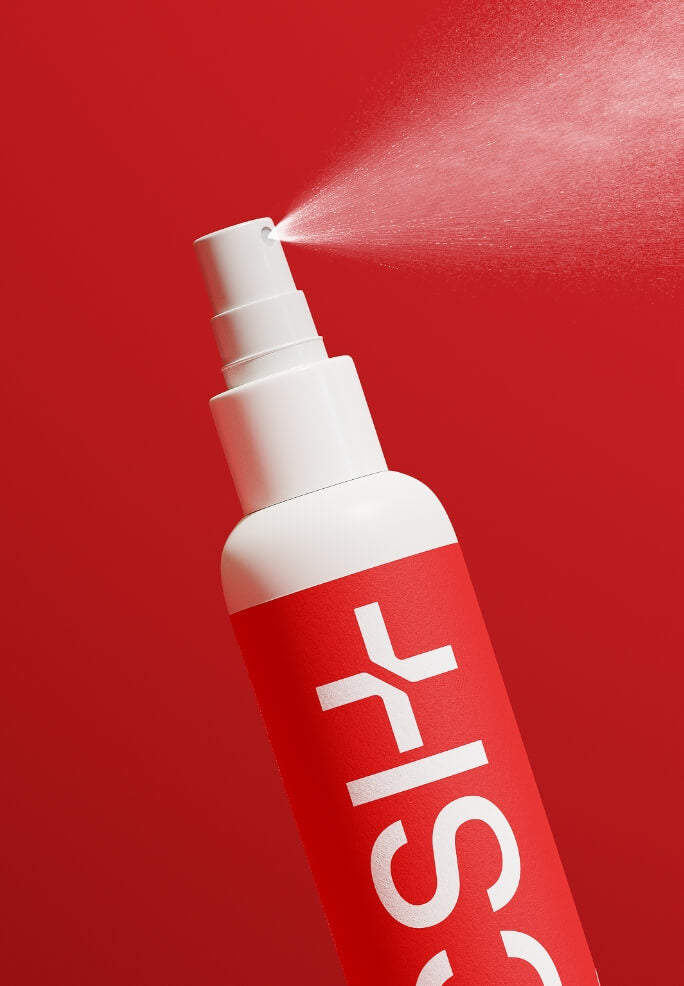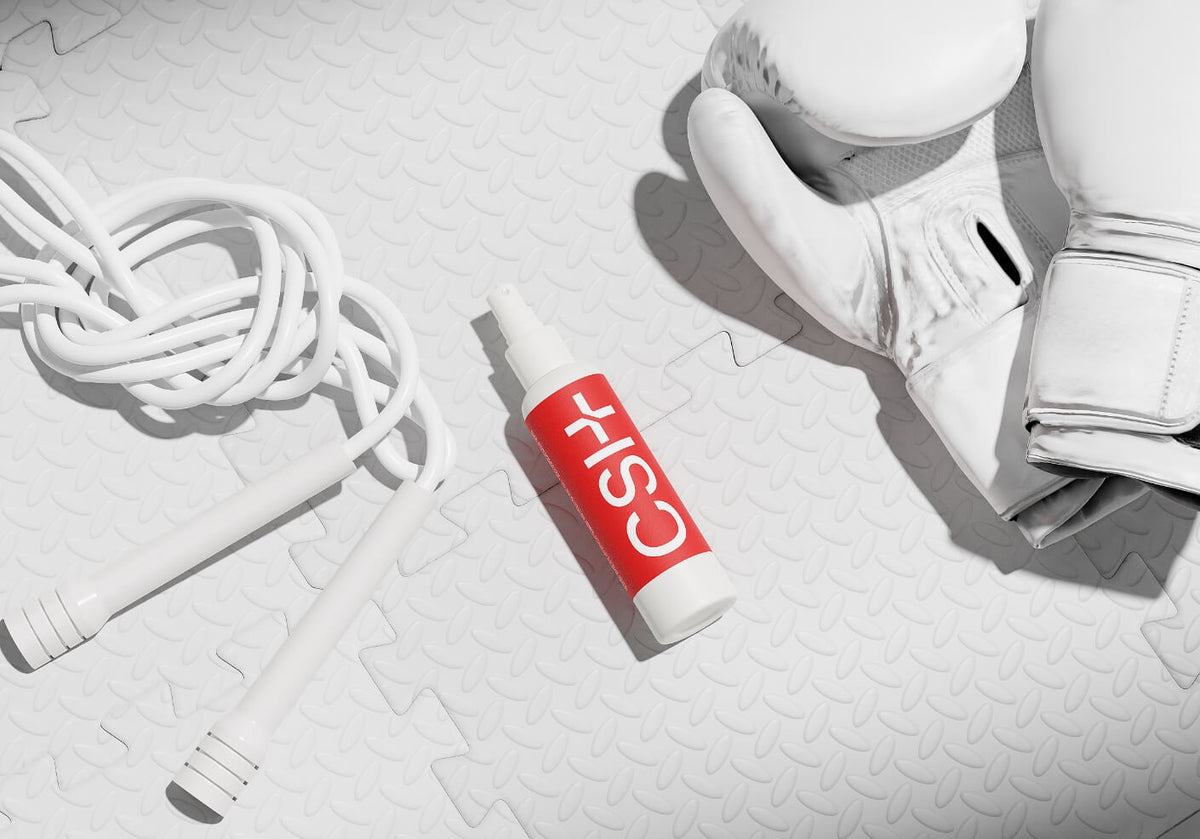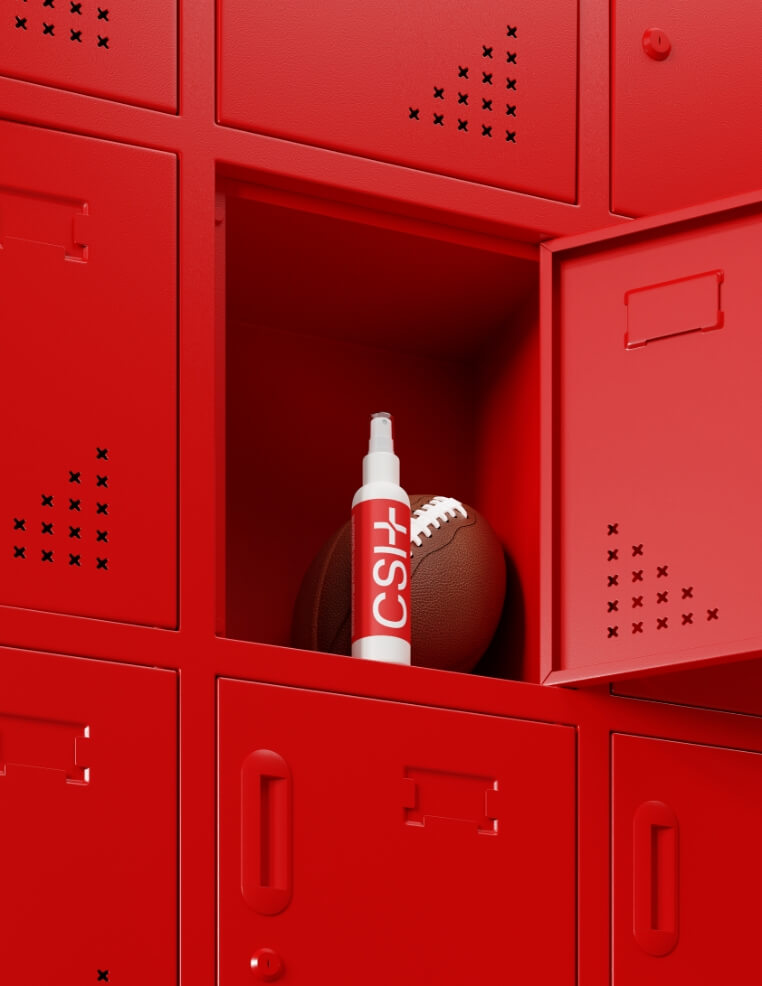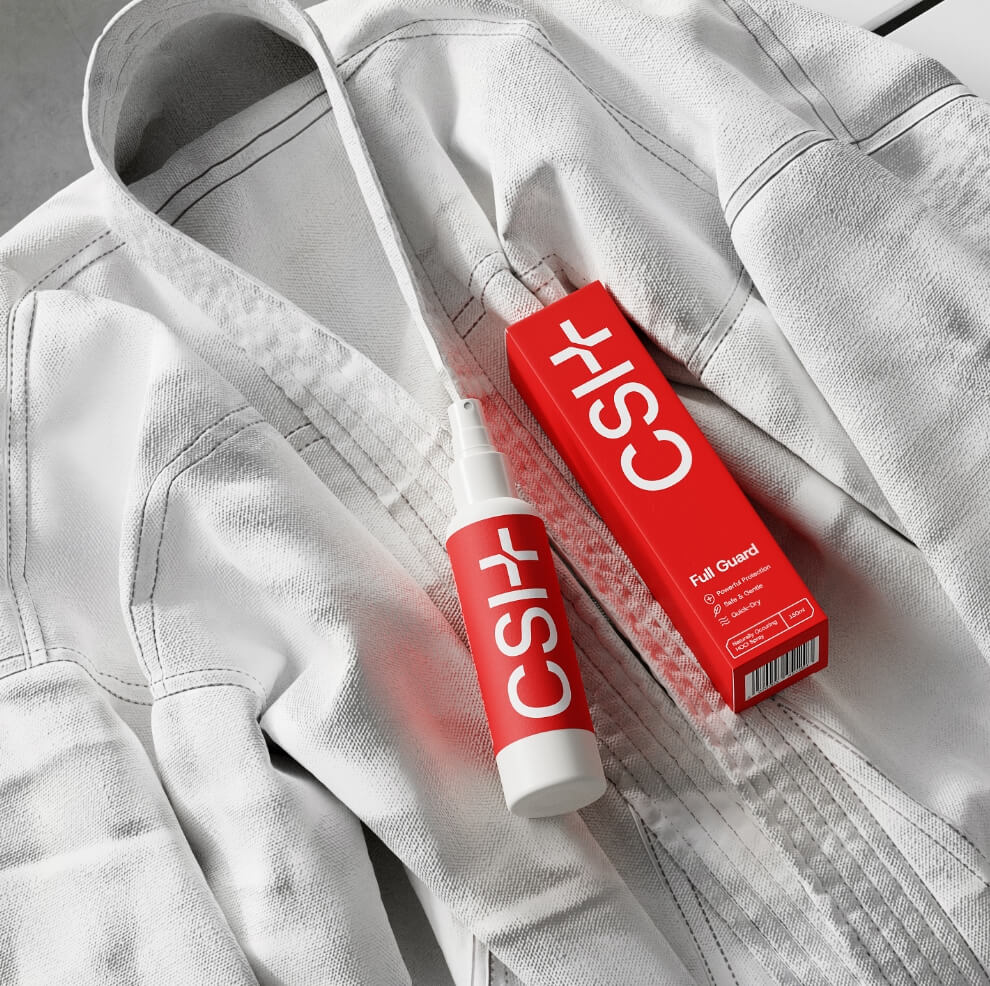Ringworm - Information for Athletes
Ringworm: Everything You Need to Know
What Is It?
Ringworm, or tinea, is a common fungal infection caused by dermatophytes. These fungi thrive on keratin, a protein found in the skin, hair, and nails. Despite its name, ringworm is not caused by a worm but by fungi. This infection is highly contagious and can affect people of all ages, as well as animals.
What It Looks Like and How to Spot It
- Circular or ring-shaped rashes: Scaly, raised border and a clearer centre.
- Itchy patches: Red, itchy, and inflamed areas.
- Scaling and cracking: Especially on the feet (athlete's foot).
- Bald spots: Flaky patches of hair loss on the scalp.
- Discoloured or thickened nails: Brittle or yellowish nails.
Spotting ringworm early is crucial to prevent it from spreading. If you notice unusual circular rashes or persistent itching, consult a healthcare professional.
What to Do If You Think You Have It
- Avoid direct contact: Avoid skin-to-skin contact and sharing personal items.
- Wash affected areas: Keep the area clean and dry.
- Seek professional advice: Visit a dermatologist for an accurate diagnosis.
- Start treatment immediately: Use OTC antifungal creams or follow a prescribed plan.
How It Spreads
- Human-to-human: Touching infected skin.
- Animal-to-human: Infected pets or livestock.
- Object-to-human: Contaminated items like towels and gym gear.
- Soil-to-human: Rare, but possible with prolonged exposure.
High-risk areas include gyms, locker rooms, and contact sports environments. Specialty products from Combat Sports Hygiene can help maintain hygiene.
Prevention
- Practice personal hygiene: Wash hands regularly and shower after physical activity.
- Avoid sharing: Don’t share towels, combs, or sports gear.
- Keep skin dry: Use absorbent powder and wear breathable clothing.
- Disinfect surfaces: Clean gym equipment and shared items regularly.
- Check your pets: Watch for signs of fur loss and consult a vet.
- Boost immunity: A healthy immune system supports prevention.
Treatment Options
1. Over-the-Counter Antifungal Treatments
- Creams, Lotions, Powders: Clotrimazole, miconazole, or terbinafine for 2–4 weeks.
- Sprays: Great for larger or hard-to-reach areas.
2. Prescription Medications
- Oral Antifungals: Fluconazole, itraconazole, or griseofulvin for severe cases.
- Medicated Shampoos: Ketoconazole or selenium sulphide for scalp infections.
3. Home Remedies (Complementary)
- Tea Tree Oil: Apply topically, diluted with a carrier oil.
- Apple Cider Vinegar: Dab diluted solution on the affected area.
Always complete the treatment course, even if symptoms improve.
Scientific Information
Ringworm is caused by dermatophytes from the genera Trichophyton, Microsporum, and Epidermophyton. These fungi produce keratinases, which break down keratin in the skin, hair, and nails.
- Thrives in warm, moist environments (common in tropical areas).
- Early treatment prevents complications like bacterial infections.
- Athletes are especially at risk due to sweat, contact, and shared gear.
A 2004 study in Physician and Sports Medicine Journal highlighted hygiene and antifungal resistance in managing fungal infections.
Conclusion
Ringworm is common but treatable. Recognizing symptoms early and adopting good hygiene can help prevent its spread. Whether you're an athlete, pet owner, or just prioritizing skin health, staying informed and proactive is key.
For more tips on hygiene in sports environments, visit Combat Sports Hygiene.



